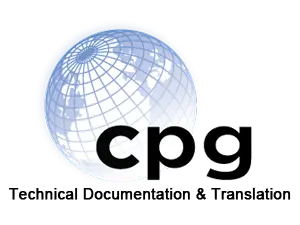
Understanding Redline Documents
Redline documents are a powerful tool for collaboration. They make edits clear. They track changes. They save time. In many industries, these files are part of daily workflow.
Redlining is simple. A redline document shows what was added, deleted, or changed. Edits appear in color. Often in red, but not always. This makes it easy to see the evolution of a file.
Why Redline Documents Matter
Redline files reduce confusion. They help teams stay aligned. They also provide a record of edits. In legal, technical, and corporate environments, this record is essential.
They are also helpful for training. For example, new writers can compare versions and learn how senior editors polish content.
Common Uses of Redline Documents
Businesses use redline versions in many ways. Some industries depend on them more than others. Below is a quick look.
| Industry | Use of Redline Documents | Benefit |
|---|---|---|
| Legal | Track contract changes | Ensures clarity in negotiations |
| Technical Writing | Review manuals and technical documentation | Reduces errors in published content |
| Corporate | Update policies, procedures, and reports | Keeps teams consistent |
| Publishing | Edit manuscripts and articles | Improves accuracy and readability |
| Engineering | Revise technical drawings and specs | Keeps projects aligned with requirements |
How Redline Documents Improve Workflow
Redline files simplify collaboration. Instead of guessing what changed, you see it right away. This speeds up reviews. It also prevents mistakes from slipping through.
For large projects, like technical manuals, redlines are essential. They make sure edits are applied consistently. They also keep the editing cycle short.
Redline Documents and Document Production
Redline versions connect directly to professional document production. When managing high volumes of documents, clarity matters. Redline processes keep documents organized. They also make it easier to prepare the final draft.
Using Desktop Publishing Services with Redlines
Redline files can be combined with desktop publishing services. This ensures edits are captured before design and layout work begins. It saves money. It saves time. It prevents redesigning pages due to missed changes.
When editing large catalogs, manuals, or training guides, desktop publishing teams rely on redline versions to finalize design quickly.
Final Thoughts
Redline documents are not just about marking edits. They are about collaboration. They are about reducing errors. They are about saving time in industries where precision counts.
From contracts to technical documentation, redlines help everyone stay on the same page. For businesses that rely on polished content, pairing redlines with professional document production and desktop publishing services is the best way to deliver clear and accurate results.
Back To News
 800-541-8270
800-541-8270